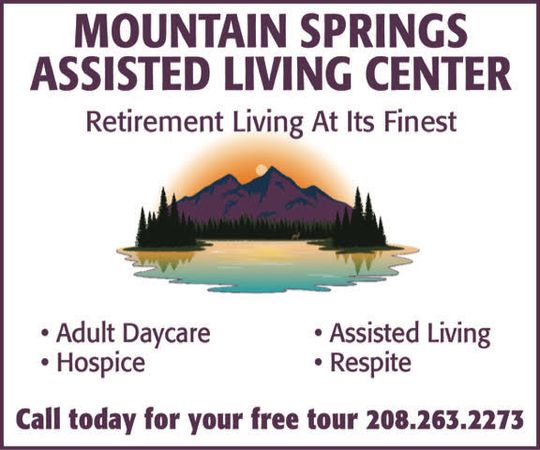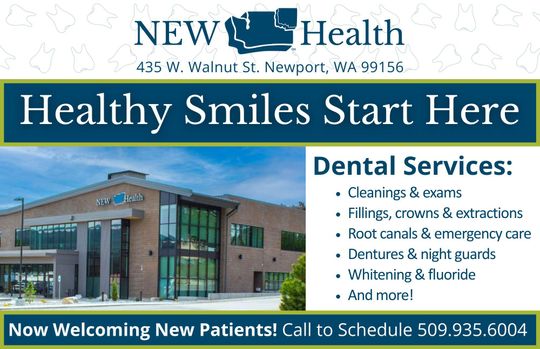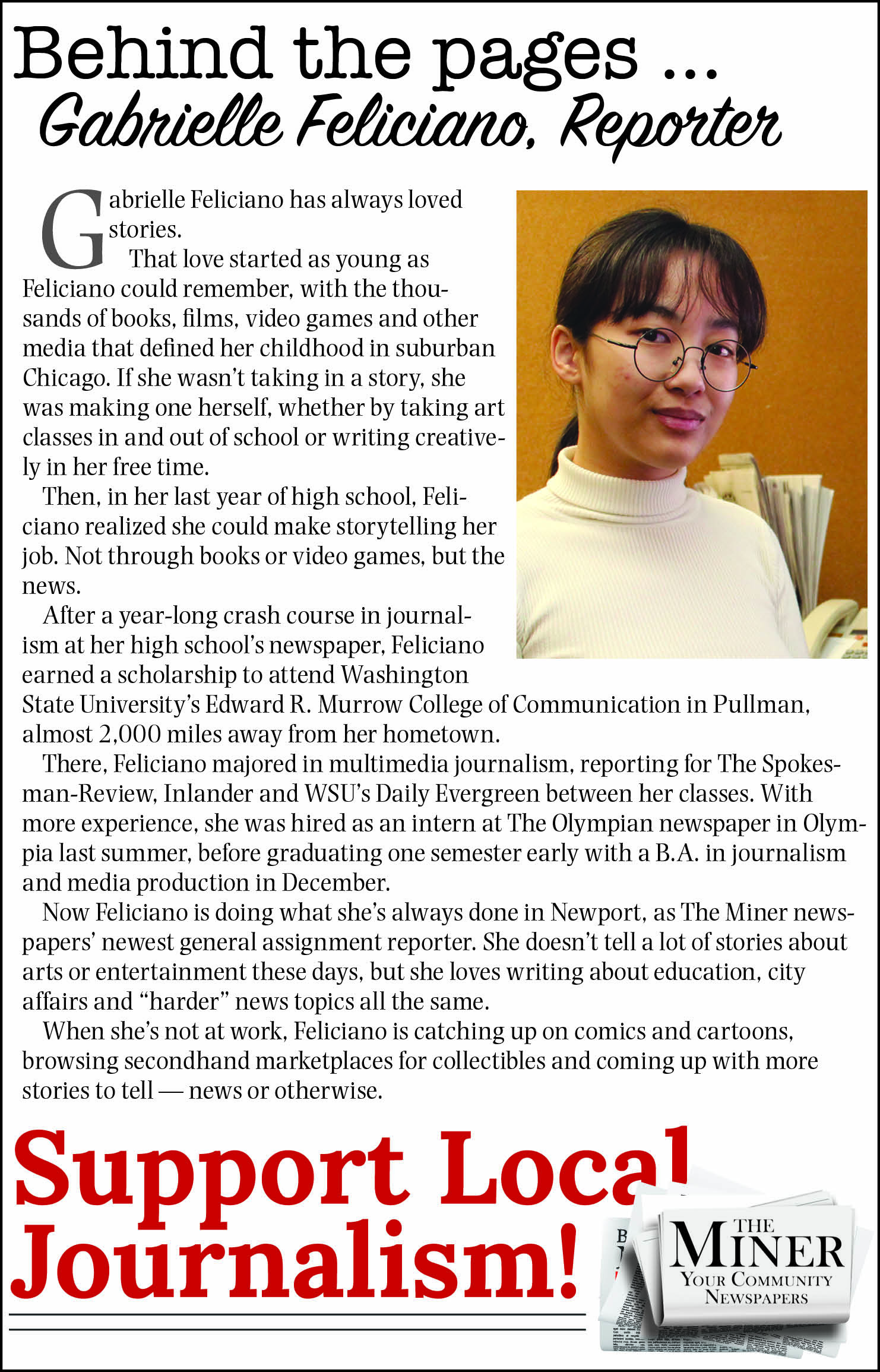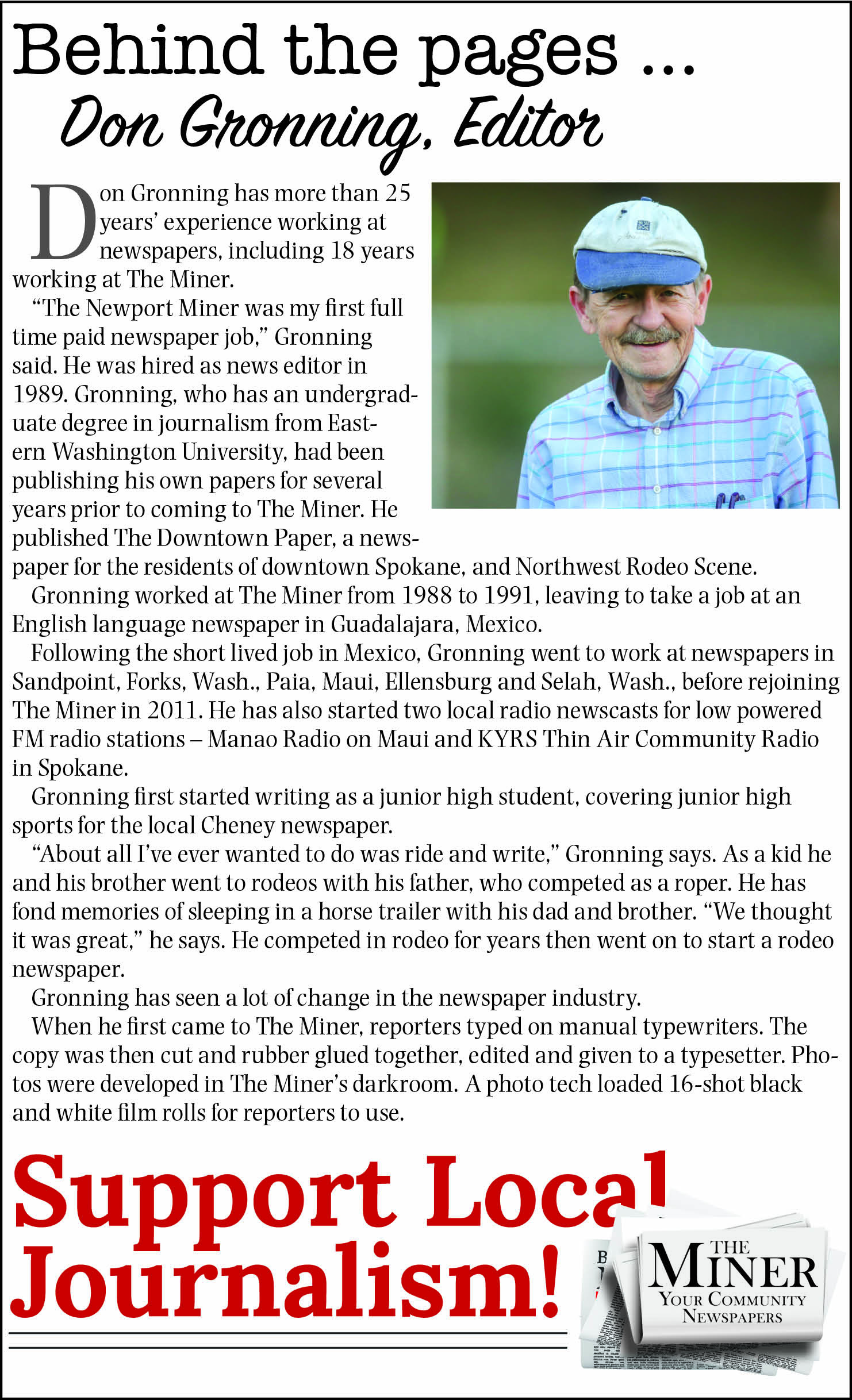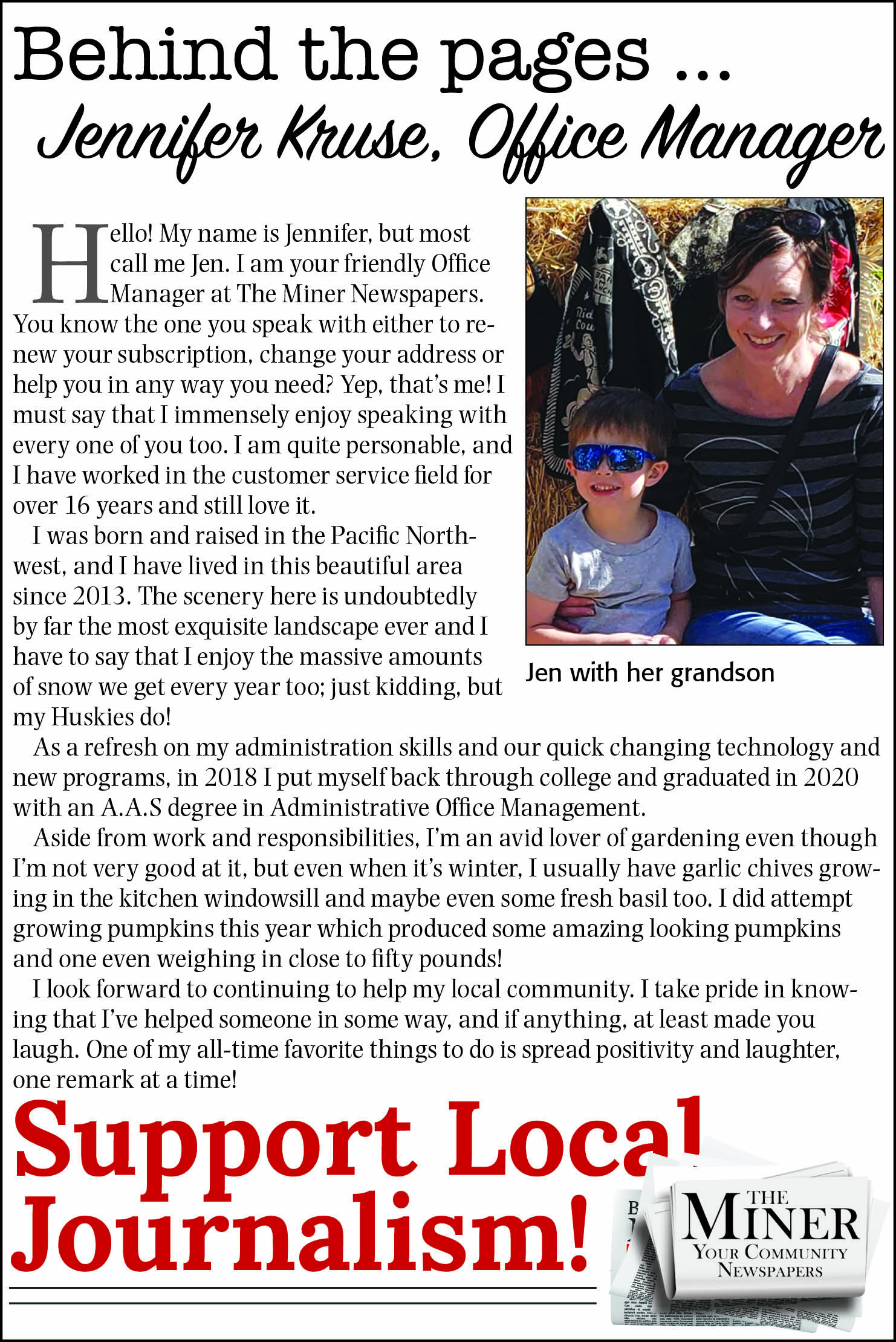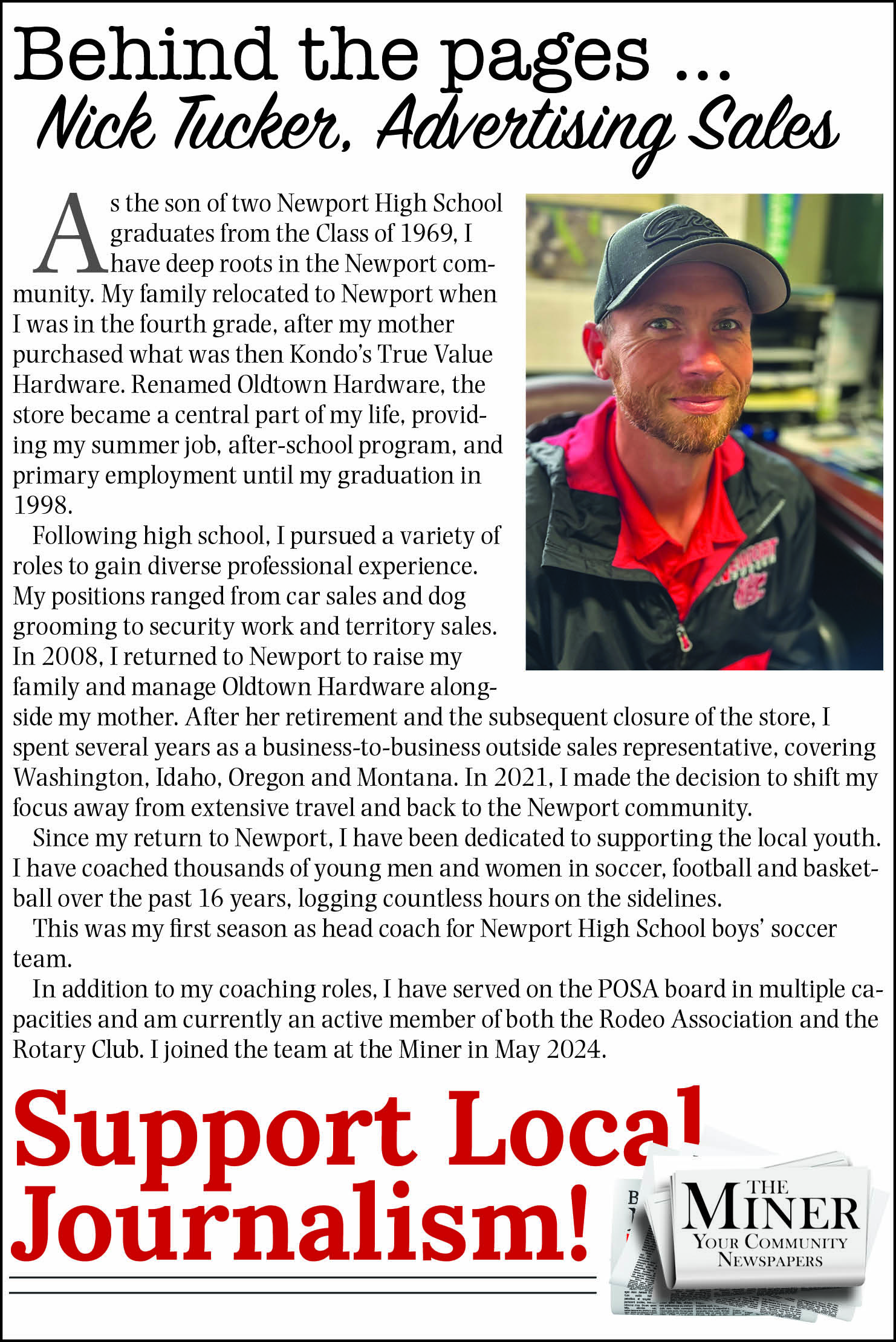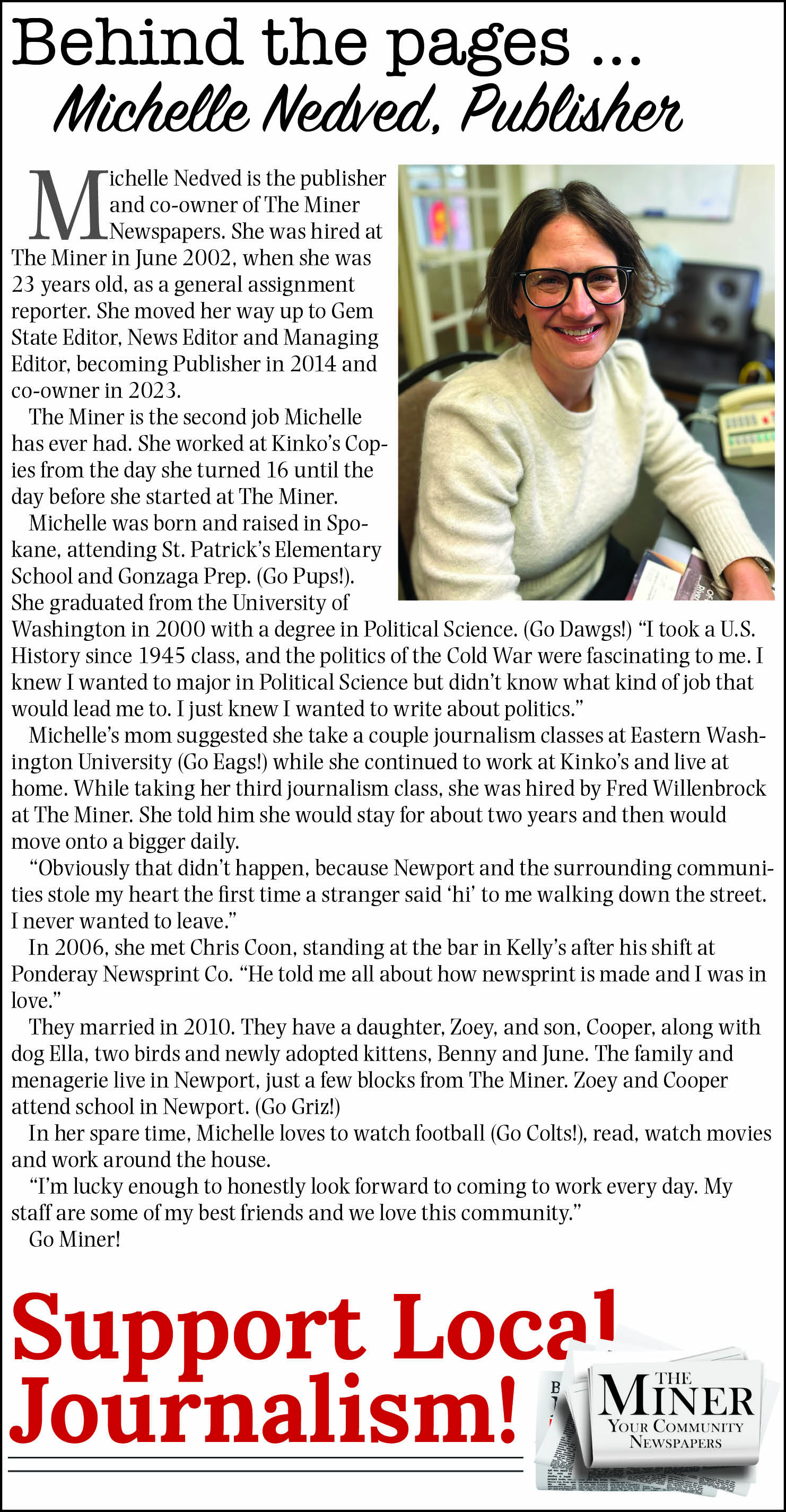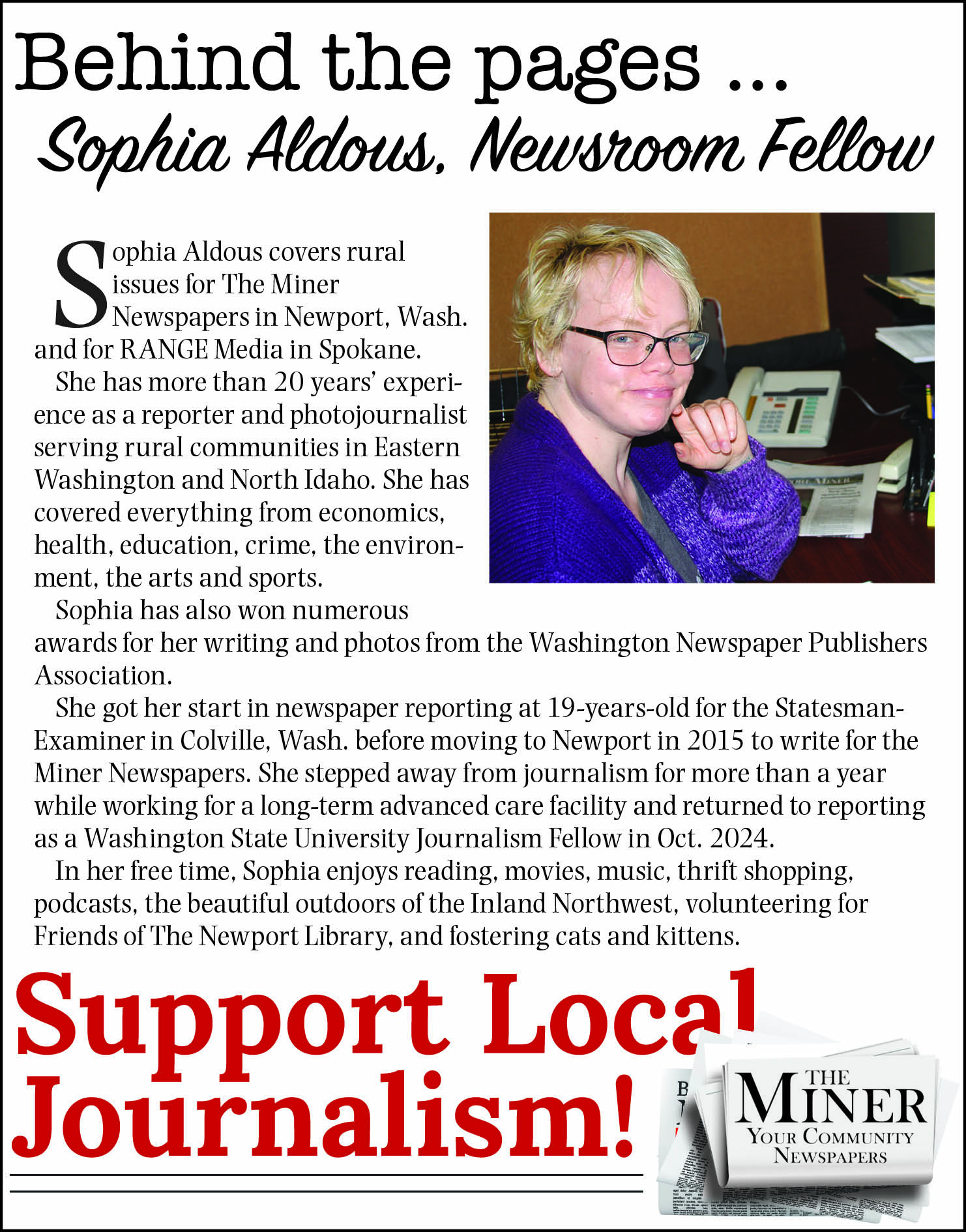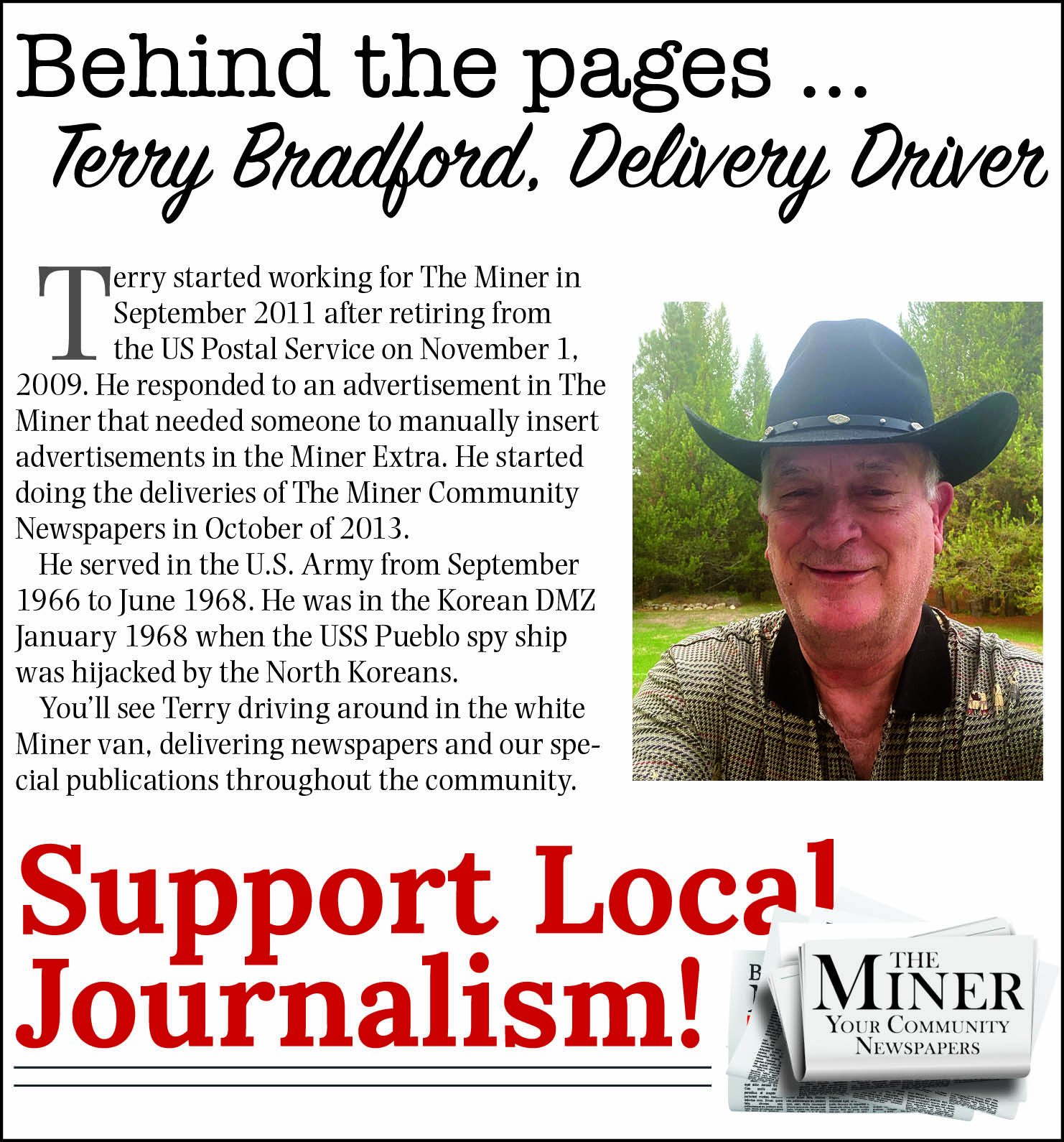Age: 56 Occupation: Assistant Fire Chief – Kalispel Tribal Fire Department Prior elected experience: None What have you done that makes you the best candidate? With over 35 years in the fire service, including 23 as a fire officer, I have devoted my career to protecting lives and strengthening public safety. I currently serve as assistant fire chief for the Kalispel Tribal Fire Department, where I oversee staffing, training, budgeting, and operational readiness. My background includes direct leadership in structure fire, EMS, wildland, and technical rescue operations, giving me a comprehensive perspective on the challenges facing our communities.
I bring proven administrative leadership, with extensive experience managing personnel, developing schedules that maximize efficiency, and improving staffing models that reduce overtime while maintaining coverage. I have worked through complex budgets, finding ways to meet financial constraints without compromising safety. I have also led strategic planning efforts that balance immediate service needs with longterm priorities, including infrastructure and training initiatives.
As commissioner, I will apply this experience to ensure Fire District 4 operates with accountability, professionalism, and efficiency. I believe taxpayers deserve both strong emergency services and responsible financial stewardship. My commitment is to provide safe and effective staffing, modern training, and sound planning for the future, while always keeping the needs of the community at the forefront. Fire District 4 deserves leadership prepared to meet today’s challenges head-on.

Thompson
What is your position on the county forming an Emergency Medical Services district?
I believe the creation of an ambulance district would bring meaningful benefits to all agencies in Pend Oreille County. By forming this district, we could open new opportunities to secure grant funding and strengthen the resources available for emergency medical services, ensuring residents receive the level of care they deserve. This approach would also allow agencies to work together with a shared purpose while maintaining accountability to the communities they serve.
One of the greatest challenges facing EMS today is the financial hardship created by delayed or inadequate reimbursement for services. Agencies are often left struggling to cover operational costs, while patients and providers alike face uncertainty. An ambulance district would establish a stable and reliable funding mechanism, reducing dependency on reimbursement issues and allowing agencies to focus on patient care rather than financial survival.
I strongly support governance by those directly involved in emergency response. A board made up of the four district fire chiefs would ensure decisions are guided by expertise, not politics.
How would you attract more volunteers? Recruiting and retaining volunteer firefighters today is more difficult than ever before. In years past, volunteers were the backbone of our fire service, and communities relied on neighbors stepping up to serve. But in today’s world, the demands placed on volunteers have grown nearly impossible. Modern training requirements are extensive, time commitments are greater, and the risks are higher. At the same time, families are busier, employers are less flexible, and fewer people have the ability to give hundreds of unpaid hours each year.
This doesn’t mean volunteerism is gone, but it does mean we must face the reality that the traditional model is no longer sustainable on its own. As commissioner, I believe we need to modernize our approach by creating flexible service opportunities, offering practical incentives, and ensuring that volunteers feel respected and valued for the work they do. Training should be accessible, family culture should be encouraged, and every volunteer should see a pathway for growth — whether they choose to serve for a few years or build a career in public safety.
Our district must balance the realities of modern emergency response with the traditions of community service. By adapting to today’s challenges, we can continue to attract and support the volunteers who are so vital to protecting our community.
.png)

